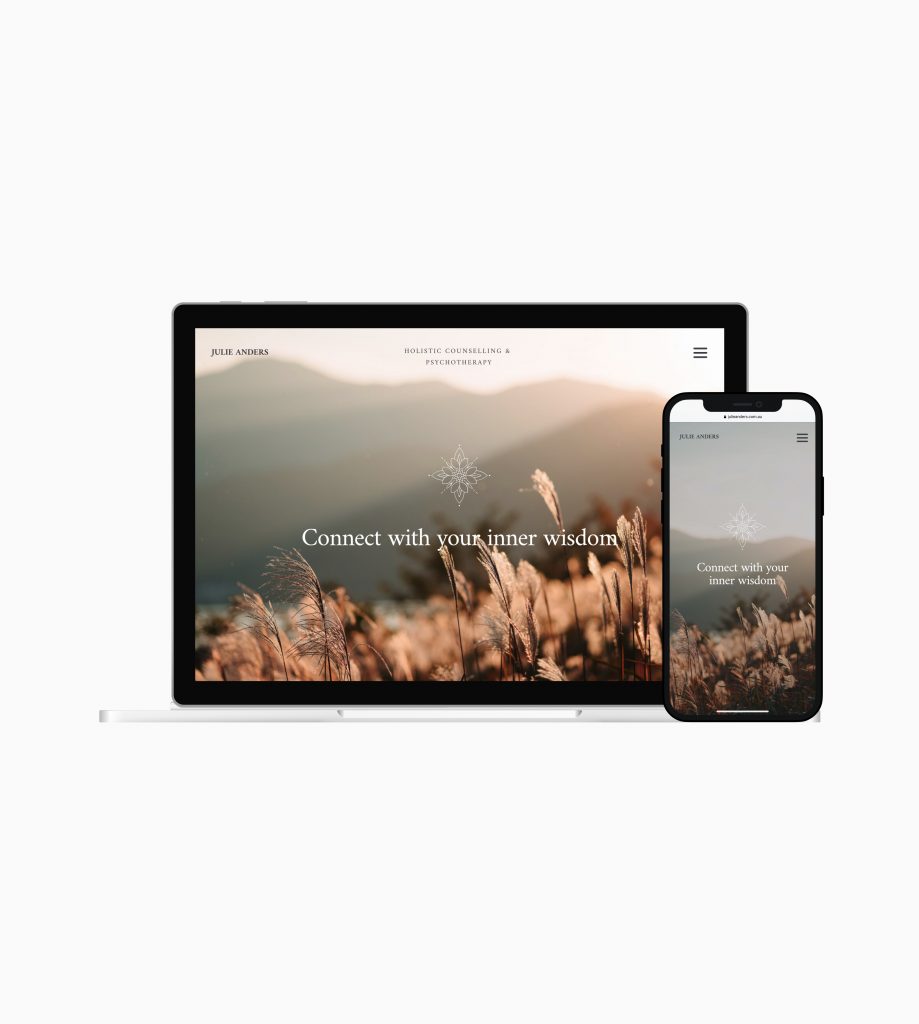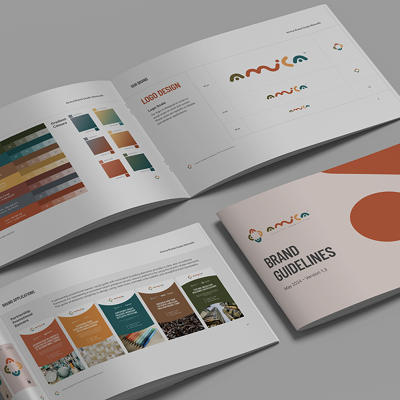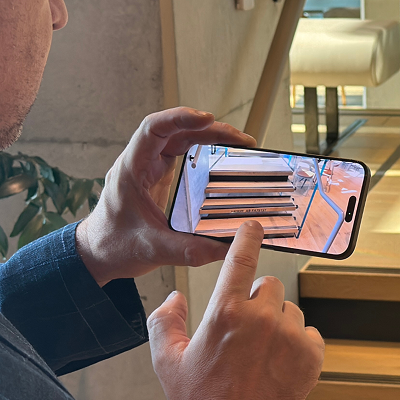Why should I digitalise my business in the first place?
Digitalising your business and building an online presence is essential in expanding your target audience. Brick and mortar shops offer a great service by allowing customers to physically browse through products and build rapport with staff.
Though these aspects are great, many businesses have been able to establish their success by offering their products and services purely online—which shows that it is no longer essential for the success of a business to be based in a physical location. Traditionally, brick and mortar businesses rely on foot traffic for exposure to customers and clients.
With browsing online for services and online shopping now being commonplace, digitalising your business is a great opportunity to expand your customer base to a larger audience.
In this article, we’ll go through the three beginner steps to digitalise your business: building a website, creating your branding, and establishing your social media presence.
Build a Website

The first step in digitalising your business is building a website. It is the most essential and easiest way to kickstart the digital transformation of your business; online businesses can now be run almost exclusively without the need of additional digital strategies, but not vice versa.
A website allows you to offer your products and services online, informs new customers about your business, and also gives more credibility. Depending on whether you offer products, services, or both, you may need a different website setup.
Platforms like Shopify and WooCommerce are best suited for ecommerce stores. They allow businesses to easily stay on top of their sales, inventory, and special deals. They are particularly helpful for stores that have many products and need a simple way to track orders to be shipped.
Platforms like WordPress or Wix are suited to service-based businesses that primarily want to educate customers on their brand and offer online bookings for their services. It is the cheaper option as these platforms provide a more basic service compared to the ecommerce platforms.
In general, a beginner website should include:
- a homepage that will capture a person’s attention
- an about us page that details what the business is and what makes them unique
- a services or products page that lists and describes each offering
- a contact page that shares the business email and phone number
A website will also include other additional content that will vary depending on the business type. For example, a jewellery shop may outline the types of materials they use and answer frequently asked questions about their jewellery making process. It is good practice to keep in mind all types of information that a potential customer would be interested in knowing and that may influence their purchase.
Create Your Branding

Branding is the overall image of your business, and is important to establish in order to distinguish a business from competitors. Every business should have a clearly defined range of products or services they offer, and the purpose of branding is to communicate the uniqueness of what a particular business is offering so that customers will choose one business over a competitor.
To begin to create strong branding, you will initially need to clearly define your brand purpose, mission, values, personality, and target audience. Other than making profits, what do you want your brand to be known for? The brand purpose of a shoe store could be to offer affordable sneakers that don’t compromise on quality, and their brand mission could be to be the leaders in innovation within the sports community.
These definitions will be specific to what you envision and want your business to be, from its origins and into the future. The visual identity of a brand can be created through a logo design, colour palette, typography, and imagery. As stated, these elements will visually represent the brand. It can be derived from branding elements like purpose and personality, and should be applied to the website and social media (more on that next).
When a customer looks at your brand colour palette, does it match with your brand personality? To continue with the shoe store example, they may choose a grayscale colour palette with splashes of blue to represent modernity and innovation. By defining all these branding elements that are unique to your business, you can create strong branding that distinguishes your brand from competitors.
Establish Social Media Presence

An extension of branding is also social media presence. A combination of the website information and visual identity of the brand should be applied to your social media posts in order to expose your business to more potential customers.
Depending on your product or service offerings, different social media platforms will be more effective. Instagram is well suited to promote businesses such as clothing stores or beauty salons as it is a photo-based platform. These types of products sell through good photography and benefit from having an online location where people can easily view a collection of the items or services offered.
Facebook is suited for small business services such as automotive and counselling services, as people can see reviews and news relating to the business.
Businesses can build up their social media presence by regularly posting about their products or services, as well as other related topics or imagery. Imagery can be of the offerings itself, showcase customer use and feedback, and lifestyle photos that represent the brand.
Having social media presence allows businesses to establish themselves as a credible voice in its industry through showcasing their expertise. It allows a brand to establish a personal connection to their customer base through the direct communication that is made possible, and also exposes your products and services to a global audience.
Need Help with Digitalising Your Business?

At 42 Interactive we can help you digitise your business. Recently, we worked with Julie Anders to rebrand her digital presence. Julie Anders is a holistic counsellor and psychotherapist who offers her services both in-person and online. Through her website, clients can easily discover and book her services. The rebrand involved working alongside her to discover her brand identity; brand purpose, vision, values, and personality. We used these themes as the basis for her rebrand and focused on reflecting them visually in her new logo design, website, and brand pack. Check out our work here.
Written by Amy Vuong
A UX/UI Designer at 42 Interactive focused on bringing meaningful projects to life through digital design.










